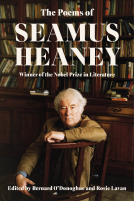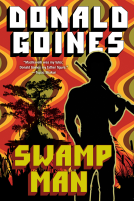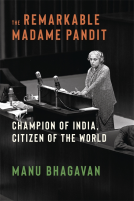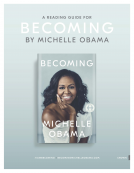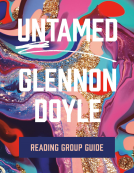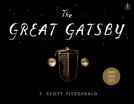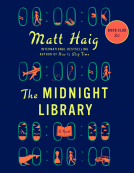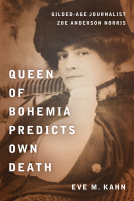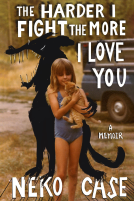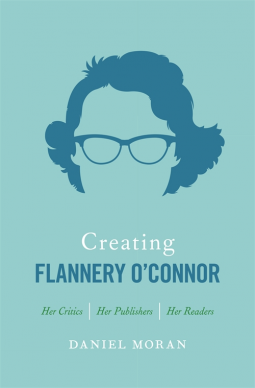
Creating Flannery O'Connor
Her Critics, Her Publishers, Her Readers
by Daniel Moran
This title was previously available on NetGalley and is now archived.
Send NetGalley books directly to your Kindle or Kindle app
1
To read on a Kindle or Kindle app, please add kindle@netgalley.com as an approved email address to receive files in your Amazon account. Click here for step-by-step instructions.
2
Also find your Kindle email address within your Amazon account, and enter it here.
Pub Date Sep 01 2016 | Archive Date Nov 01 2016
Description
Flannery O’Connor may now be acknowledged as the “Great American Catholic Author,” but this was not always the case. With Creating Flannery O’Connor, Daniel Moran explains how O’Connor attained that status, and how she felt about it, by examining the development of her literary reputation from the perspectives of critics, publishers, agents, adapters for other media, and contemporary readers.
Moran tells the story of O’Connor’s evolving career and the shaping of her literary identity. Drawing from the Farrar, Straus & Giroux archives at the New York Public Library and O’Connor’s private correspondence, he also concentrates on the ways in which Robert Giroux worked tirelessly to promote O’Connor and change her image from that of a southern oddity to an American author exploring universal themes.
Moran traces the critical reception in print of each of O’Connor’s works, finding parallels between her original reviewers and today’s readers. He examines the ways in which O’Connor’s work was adapted for the stage and screen and how these adaptations fostered her reputation as an artist. He also analyzes how—on reader review sites such as Goodreads—her work is debated and discussed among “common readers” in ways very much as it was when Wise Blood was first published in 1952.
A Note From the Publisher
Daniel Moran has taught English at Rutgers University and currently teaches history at Monmouth University. His work on G. K. Chesterton and John Ford has been published in academic journals and he has contributed articles to a variety of teaching guides, including Poetry for Students, Short Stories for Students, and Drama for Students.
Available Editions
| EDITION | Other Format |
| ISBN | 9780820349541 |
| PRICE | $39.95 (USD) |
Links
Average rating from 5 members
Readers who liked this book also liked:
Rachel Joyce
Historical Fiction, Literary Fiction, Women's Fiction
We Are Bookish
Biographies & Memoirs, Health, Mind & Body, Nonfiction (Adult)
